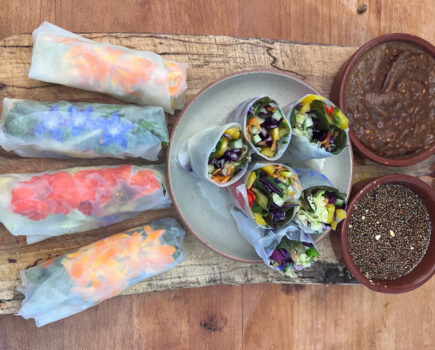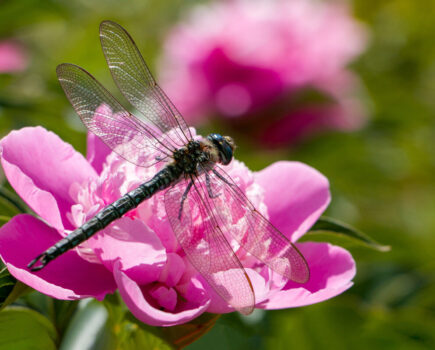Ruth shows you how to safely transplant young plants.
The past few months have been so grey and wet it’s been hard to keep the spirits up.
However, I got my ‘happy fix’ by sowing lots of seeds and now several of them are ready to be potted on from their seed trays into modules or small containers. I generally use multipurpose compost for more robust seedlings and John Innes No 1 for smaller, more delicate varieties.
Seedlings are incredibly vulnerable so it is important to give them the right care.
They need damp compost, but not too damp or they will rot, and good ventilation otherwise they can fall foul of damping off, a fungal disease that can wipe out a whole batch of young plants.
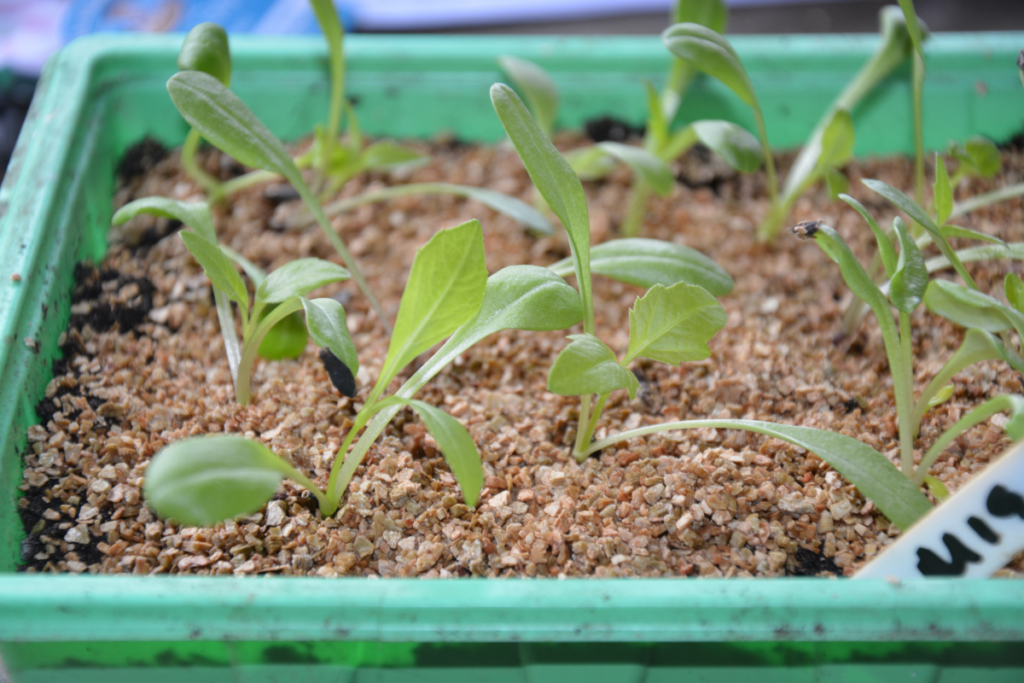
I grow mine on bright windowsills out of direct sunlight that can scorch tender foliage, and I remove the tray lids as soon as I see signs of germination to ensure good airflow around the seedlings. When they have developed their first couple of set of ‘proper’ leaves, as opposed to the little germination leaflets, your seedlings are ready to pot on. I use an old teaspoon or plant label to scoop them up, one at a time, from their tray, holding carefully on to a leaf as I do so.
Never touch the stem as you risk damaging it and killing the plant. Pot them into their new pot or module (see below) and don’t worry if a good length of stem is buried – it will simply encourage the seedling to form extra roots leading to more robust plants. Keep their compost moist and grow your new plants until outside temperatures are warm enough and they can be hardened off and planted out.
Hardening off
Get ready for planting
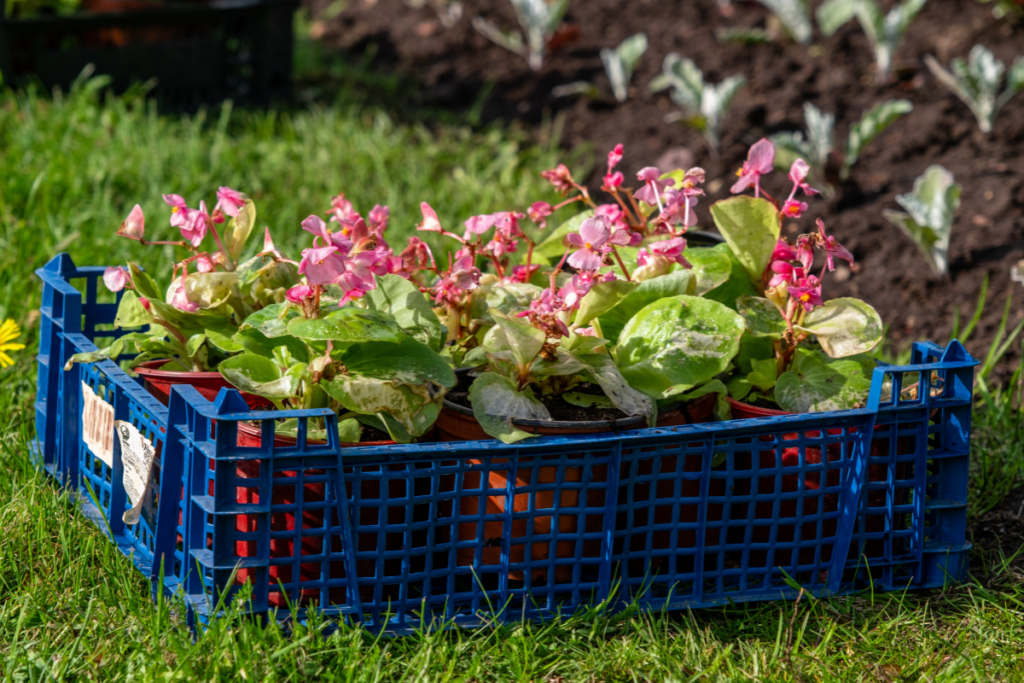
- Plants raised undercover need to be toughened up, or hardened off, before they go outside.
- This is a gradual process that takes 2-3 weeks and gets them used to the variable weathers and light levels in the garden.
- Plants in exposed or northerly gardens will take longer to acclimatise and the process will probably start a few weeks later than in gardens in the south.
- Start by lowering the temperature in heated propagators over a week, then place plants outside somewhere sheltered on warm days with a covering of fleece, bringing them in at night to start with.
- If you use a cold frame, open the lid during the day but close it at night and make sure plants are safe from slugs and snails.
- Once temperatures have risen enough for plants to stay out at night, leave them in an unheated greenhouse or mini greenhouse with a covering of fleece to protect against late frosts.
- Once the risk of frosts has gone, dispense with the fleece and add your plants to the garden.
How to transplant seedlings
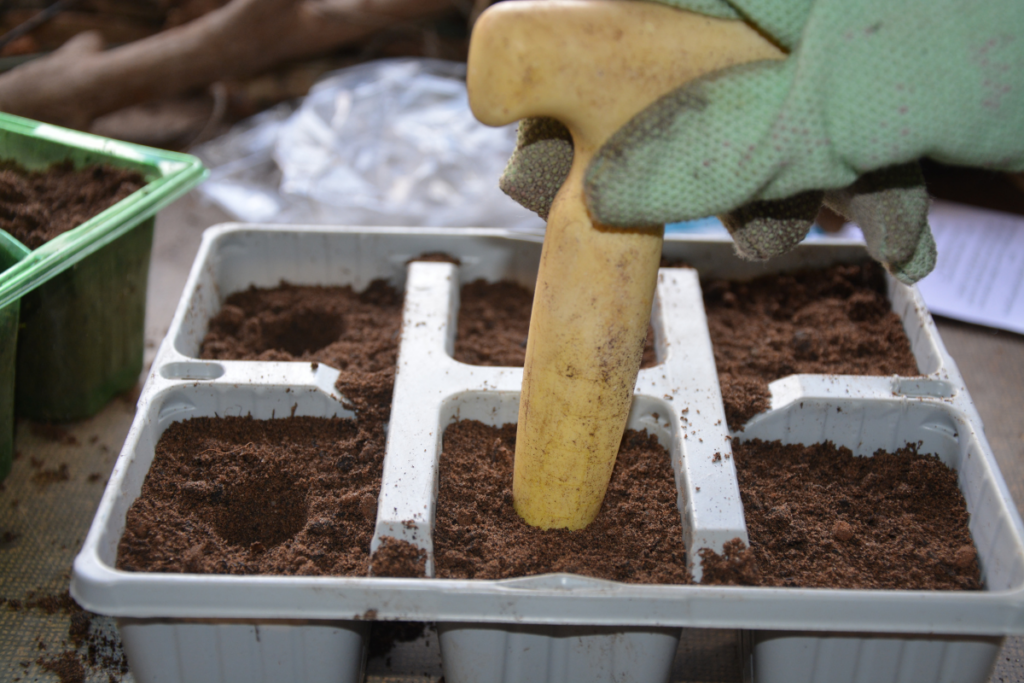
1. Fill modules or small pots with multipurpose compost and dib a deep hole in the centre of each.

2. Using a spoon or plant label, carefully scoop up a seedling rootball, holding the plantlet by a leaf.
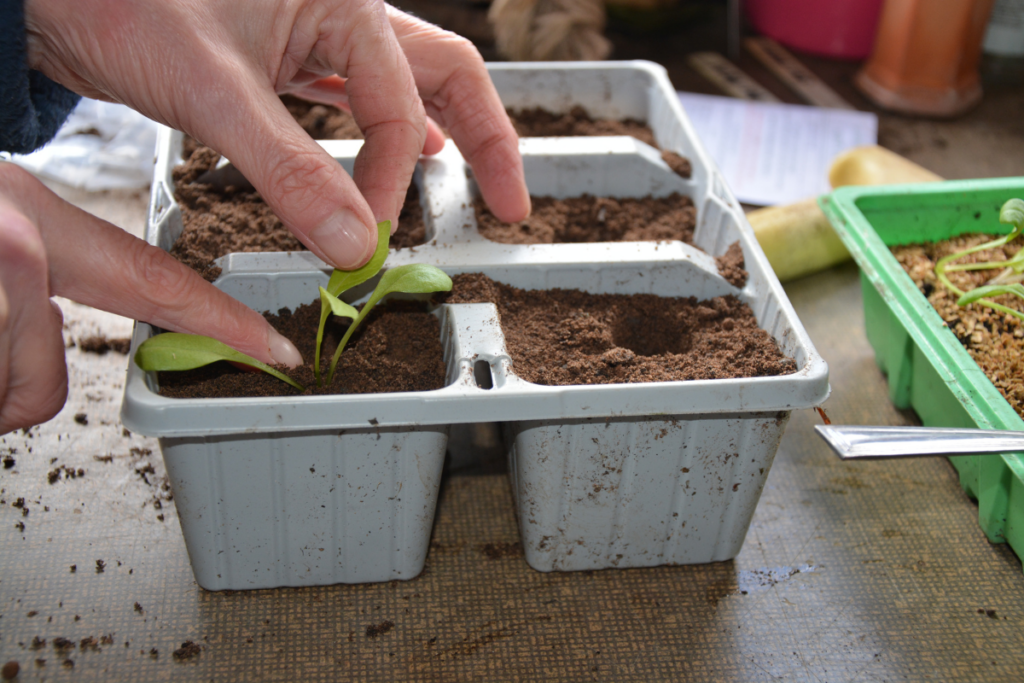
3. Pop the rootball into the dibbed hole, as deep as you can, and firm the compost around the plant.

4. Water your seedlings and place them somewhere light but out of direct sunlight. Keep the compost just damp, not sodden.
Find more tips, advice and articles like this at the Amateur Gardening website. Subscribe to Amateur Gardening magazine now.


